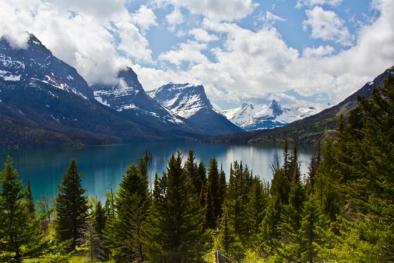Science Source
Climate-Driven Variability and Trends in Mountain Snowpack in Western North America
- Examines records of April 1 snow water equivalent (SWE) using multiple linear regression against reference time series of temperature and precipitation
- States that this method permits 1) an examination of the separate roles of temperature and precipitation in determining the trends in SWE; 2) an estimation of the sensitivity of SWE to warming trends, and its distribution across western North America and as a function of elevation; and 3) inferences about responses of SWE to future warming
- Results emphasize the sensitivity to warming of the mountains of northern California and the Cascades of Oregon and Washington
- Examines the contribution of modes of Pacific climate variability and finds these to be responsible for about 10%–60% of the trends in SWE, depending on the period of record and climate index
Related Content
Real Time Data

Nov 22, 2016 | National Snow and Ice Data Center
Global Land Ice Measurements from Space (GLIMS)
Headline

Nov 22, 2016 | CNN
Montana's melting glaciers: The poster-child for climate change
Headline

Nov 22, 2016 | Mother Jones
7 More National Parks Threatened by Fire
Science Source
| Climatic Change
Changes in snowmelt runoff timing in Western North America under a 'business as usual' climate change scenario
Iris Stewart, Daniel Cayan, and Michael Dettinger


